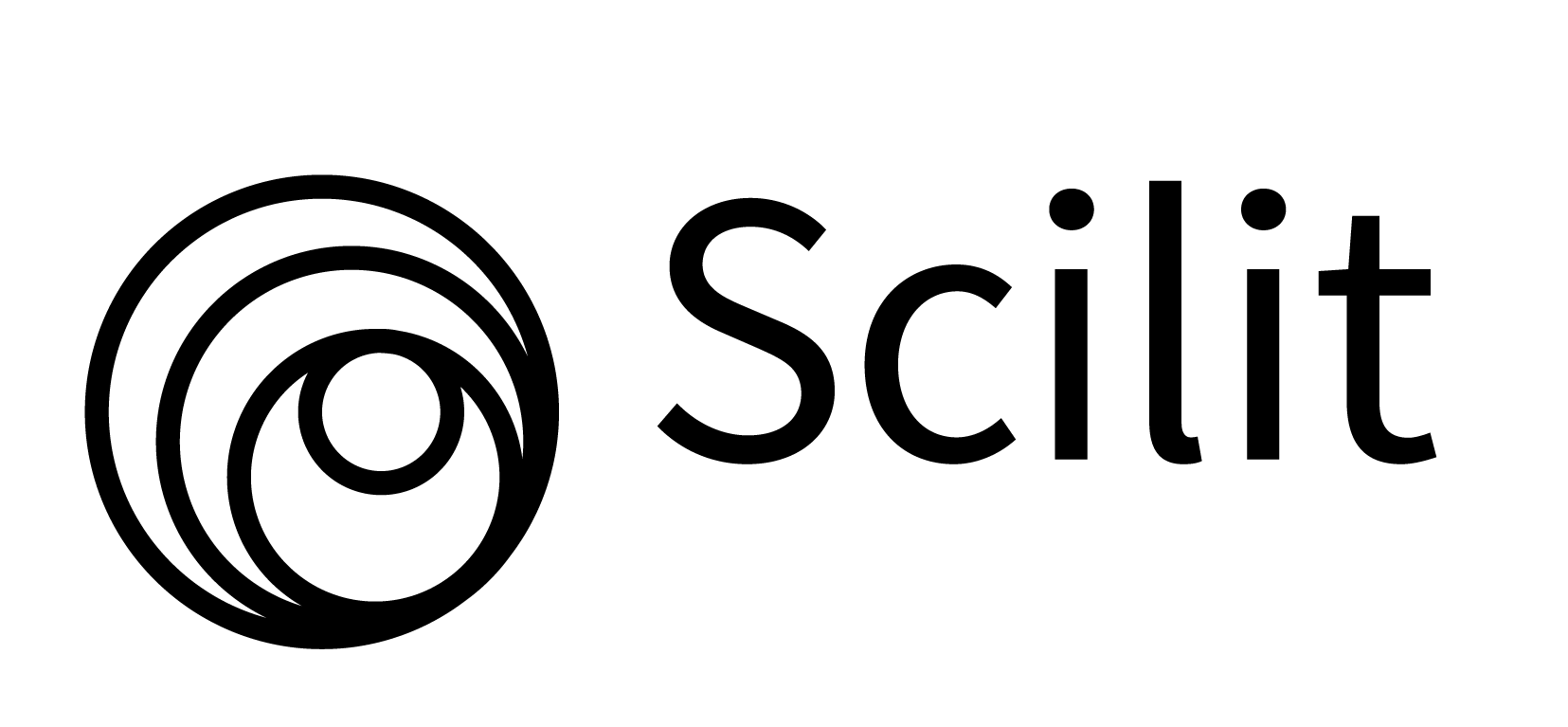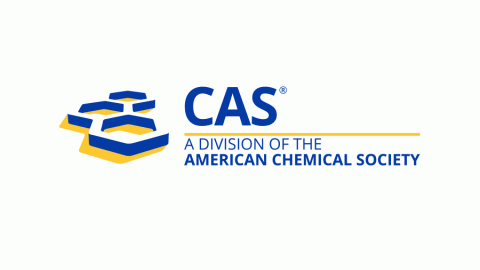Moth (Lepidoptera: Heterocera) diversity of Bhubaneswar, Odisha, India: a preliminary study
DOI:
https://doi.org/10.15835/nsb13310934Keywords:
checklist, conservation, documentation, Khordha, moth species, urban habitatAbstract
A preliminary checklist has been compiled to study the moth diversity of Bhubaneswar, Odisha, an eastern state of India. The present study has recorded a total of 154 species belonging to 129 genera and 19 families. The highest diversity of moths was recorded in the family Crambidae (48 species, 38 genera), followed by the families Erebidae (42 species, 37 genera), Geometridae (15 species, 12 genera), Noctuidae (13 species, 11 genera) and others. The study was conducted over a period of 18 months from May 2019 to October 2020. Here we present an illustrated checklist of 154 moth species from Bhubaneswar which improves our insight into the lesser-known lepidopterans from the state of Odisha. This shall further help us strengthen our knowledge about the importance of moths in our environment and contribute towards its conservation at large.
Metrics
References
Alfred JRB, Das AK, Sanyal AK (1998). Faunal Diversity in India. ENVIS Centre Zoological Survey of India, Kolkata pp 311-318.
Arora GS (2000). Studies on some Indian Pyralid species of Economic Importance. Part I. Crambinae, Schoenobiinae, Nymphulinae, Phycitinae and Galleriinae (Lepidoptera: Pyralidae). Records of Zoological Survey of India, Zoological Survey of India, Calcutta. Occasional Paper No. 181, i-vii, 1-169.
Bell TRD, Scott FB (1937). Fauna of British India, including Ceylon and Burma. Moths-Volume 5, Sphingidae. Taylor and Francis, London.
Chandra K, Nema DK (2007). Fauna of Madhya Pradesh (including Chhattisgarh) Part-I, State Fauna Series, Zoological Survey of India, Kolkata.
Devoto M, Bailey S, Memmott J (2011). The night shift: nocturnal pollen-transport networks in a boreal pine forest. Ecological Entomology 36:25-35. https://doi.org/10.1111/j.1365-2311.2010.01247.x
Dey P, Joshi K, Uniyal VP (2018). Common Moths of WII. Wildlife Institute of India, Dehradun.
Dey P, Uniyal VP, Sanyal AK (2015). Moth Assemblages (Lepidoptera: Heterocera) as a potential conservation tool for biodiversity monitoring - Study in Western Himalayan protected areas. Indian Forester 141(9):985-992.
Envis Centre of Odisha (2020). ENVIS Centre of Odisha's State of Environment. Retrieved 2021 February 2 from http://www.orienvis.nic.in/
Faunal Diversity of India (2020). ENVIS Centre on Faunal Diversity. Retrieved 2021 February 2 from http://www.zsienvis.nic.in/
Gurule S, Nikam S (2013). The moths (Lepidoptera: Heterocera) of northern Maharashtra: a preliminary checklist. Journal of Threatened Taxa 5(12):4693-4713. http://dx.doi.org/10.11609/JoTT.o2555.4693-713
Hampson GF (1892). The Fauna of British India including Ceylon and Burma, Moths. Taylor and Francis (Volume 1), London.
Hampson GF (1894). The Fauna of British India including Ceylon and Burma, Moths. Taylor and Francis (Volume 2), London.
Hampson GF (1895). The Fauna of British India including Ceylon and Burma, Moths. Taylor and Francis (Volume 3), London.
Hampson GF (1896). The Fauna of British India including Ceylon and Burma, Moths. Taylor and Francis (Volume 4), London.
Holloway JD (1985). The Moths of Borneo (Part 14) - Noctuidae: Euteliinae, Stictopterinae, Plusiinae, Pantheinae. Southdene Sdn Bhd, Kuala Lumpur.
Holloway JD (1986). The Moths of Borneo (Part 1) - Key to Families: Cossidae, Metarbelidae, Ratardidae, Dudgeoneidae, Epipyropidae and Limacodidae. Southdene Sdn Bhd, Kuala Lumpur.
Holloway JD (1987). The Moths of Borneo (Part 3) - Lasiocampidae, Eupterotidae, Bombycidae, Brahmaeidae, Saturniidae, Sphingidae. Malaysian Nature Society, Kuala Lumpur.
Holloway JD (1988). The Moths of Borneo (Part 6) - Arctiidae: Syntominae, Euchomiinae, Arctiinae, Aganainae (to Noctuidae). Malaysian Nature Society, Kuala Lumpur.
Holloway JD (1989). The Moths of Borneo (Part 12) - Noctuidae: Noctuinae, Heliothinae, Hadeninae, Acronictinae, Amphipyrinae, Agaristinae. Southdene Sdn Bhd, Kuala Lumpur.
Holloway JD (1993). The Moths of Borneo (Part 11) - Geometridae: Ennominae. Southdene Sdn Bhd, Kuala Lumpur.
Holloway JD (1996). The Moths of Borneo (Part 9) - Geometridae (Incl. Orthostixini): Oenochrominae, Desmobathrinae, Geometrinae, Ennominae addenda. Southdene Sdn Bhd, Kuala Lumpur.
Holloway JD (1997). The Moths of Borneo (Part 10) - Geometridae: Sterrhinae, Larentiinae, Addenda to other subfamilies. Southdene Sdn Bhd, Kuala Lumpur.
Holloway JD (1998). The Moths of Borneo (Part 8) - Castniidae, Callidulidae, Drepanidae, Uraniidae. Southdene Sdn Bhd, Kuala Lumpur.
Holloway JD (1999). The Moths of Borneo (Part 5) - Lymantriidae. Southdene Sdn Bhd, Kuala Lumpur.
Holloway JD (2003). The Moths of Borneo (Part 18) - Nolidae. Malaysian Nature Society, Kuala Lumpur.
Holloway JD (2011). The Moths of Borneo (Part 2) - Phaudidae, Himantopteridae and Zygaenidae; revised and annotated checklist. Southdene Sdn Bhd, Kuala Lumpur.
HOSTS (2020). HOSTS - a Database of the World’s Lepidopteran Hostplants. Natural History Museum. Retrieved 2021 February 2 from https://www.nhm.ac.uk/
iNaturalist (2020). iNaturalist. Retrieved 2021 February 2 from https://www.inaturalist.org/
Insect Pests (2020). Insects in Indian Agroecosystems. National Bureau of Agricultural Insect Resources. Retrieved 2021 February 2 from https://databases.nbair.res.in/
Jena SK, Singh AP, De K (2018). Diversity of moths (Insecta: Lepidoptera) in the Gupteswar proposed reserve forest of the Eastern Ghat Hill, Koraput, Odisha, India: A preliminary study. Egyptian Academic Journal of Biological Sciences 11(3):11-17. https://dx.doi.org/10.21608/eajb.2018.11677
Kar D, Kuanar A, Ray A, Gaur M, Pattanaik B, Mishra B (2020). Genetic diversity of Brinjal fruit and shoot borer (BSFB) population of Odisha, India. Iranian Journal of Science and Technology, Transactions A: Science 45:135-144. https://doi.org/10.1007/s40995-020-00997-y
Khordha Web Portal (2021). Map of district. Retrieved 2021 February 2 from https://khordha.nic.in/
Kononenko SV, Pinratana A (2013). Moths of Thailand Vol. 3, Part 2. Noctuoidea. An Illustrated Catalogue of Erebidae, Nolidae, Euteliidae, and Noctuidae (Insecta: Lepidoptera) in Thailand. Brothers of Saint Gabriel, Thailand.
Kristensen NP (1999). Lepidoptera, Moths and Butterflies. Vol. 1: Evolution, Systematics, and Biogeography. In: M. Fischer, Handbook of Zoology 4. Arthropoda: Insecta, part 35. Walter de Gruyter, Berlin & New York pp 491.
Kristensen NP, Scoble MJ, Karsholt O (2007). Lepidoptera phylogeny and systematics: the state of inventorying moth and butterfly diversity. In: Zhang Z-Q, Shear W (Eds). Linnaeus Tercentenary: Progress in Invertebrate Taxonomy. Zootaxa 16:681-766. https://doi.org/10.11646/zootaxa.1668.1.30
Le Croy KA, Shew HW, Van Zandt PA (2013). Pollen presence on nocturnal moths in the Ketona Dolomite glades of Bibb County, Alabama. Southern Lepidopterists’ News 35:136-142.
Mandal DK, Maulik DR (1991). Insecta: Lepidoptera: Heterocera: Noctuidae, Sphingidae and Geometridae pp 209-234. In: Fauna of Orissa (Part 3), State Fauna Series - 1, published by the Director, Zoological Survey of India, Kolkata.
Rath PC, Bose L, Subudhi H, Lenka S, Jambhulkar N (2020). Biodiversity of Pests of Rice in Odisha. International Journal of Current Microbiology and Applied Sciences 9(3):566-569. https://doi.org/10.20546/ijcmas.2020.903.066
Saha S, Raychaudhuri D (1998). Moths of Buxa Tiger Reserve, Jalpaiguri, West Bengal. Zoos’ Print pp 24.
Sanyal AK, Alfred JRB, Venkataraman K, Tiwari SK, Mitra S (2012). Status of Biodiversity of West Bengal. Zoological Survey of India, Kolkata.
Sharma AK, Bisen UK (2013). Taxonomic documentation of insect pest fauna of vegetable ecosystem collected in light trap. International Journal of Environmental Science: Development and Monitoring 4(3):1-8.
Shubhalaxmi V, Kendrick RC, Vaidya A, Kalagi N, Bhagwat A (2011). Inventory of moth fauna (Lepidoptera: Heterocera) of the northern Western Ghats, Maharashtra, India. Journal of the Bombay Natural History Society 108(3):183-205.
Singh N, Ahmad J, Joshi R (2018). Moths (Lepidoptera) diversity of district Koderma, Jharkhand. Journal of Entomology and Zoology Studies 6(2):1253-1263.
Singh N, Ranjan R (2016). Additions to the moth fauna of Dalma Wildlife Sanctuary, Jharkhand (India). Records of Zoological Survey of India 116(4):323-336.
Soggard J (2009). Moths and caterpillars of the North Woods. Kollath-Stensaas Publishing, Duluth.
Sondhi S, Sondhi Y, Roy P, Kunte K (2021). Moths of India. v. 2.52. Indian Foundation for Butterflies. Retrieved 2021 February 2 from http://www.mothsofindia.org/
Sridhar V, Srinivas P (2019). Report of South American tomato moth, Tuta absoluta (Meyrick) from Odisha. Pest Management in Horticultural Ecosystems 25(1):119-120.
Tripathy MK, Rout M, Tripathy A (2018). Population dynamics of teak defoliator, Hyblaea puera Cramer at coastal Odisha, India. Journal of Entomology and Zoology Studies 6(5):2378-2387.
Van Nieukerken EJ, Kaila L, Kitching IJ, Kristensen NP, Lees DC, Minet J, … Zwick A (2011). Order Lepidoptera. In: Zhang ZQ (Ed). Animal Biodiversity: An outline of higher-level classification and survey of taxonomic richness. Zootaxa 3148:212-221. https://doi.org/10.11646/zootaxa.3148.1.41
Vattakaven T, George R, Balasubramanian D, Réjou-Méchain M, Muthusankar G, Ramesh B, Prabhakar R (2016). India Biodiversity Portal: An integrated, interactive and participatory biodiversity informatics platform. Retrieved 2021 February 2 from https://indiabiodiversity.org/
Zahiri R, Holloway JD, Kitching IJ, Lafontaine D, Mutanen M, Wahlberg N (2011). Molecular phylogenetics of Erebidae (Lepidoptera, Noctuoidea). Systematic Entomology 37(1):102-124. https://doi.org/10.1111/j.1365-3113.2011.00607.x
Zahiri R, Kitching IJ, Lafontaine JD, Mutanen M, Kaila L, Holloway JD, Wahlberg N (2011). A new molecular phylogeny offers hope for a stable family level classification of the Noctuoidea (Lepidoptera). Zoologica Scripta 40(2):158-173. http://www.dx.doi.org/10.1111/j.1463-6409.2010.00459.x
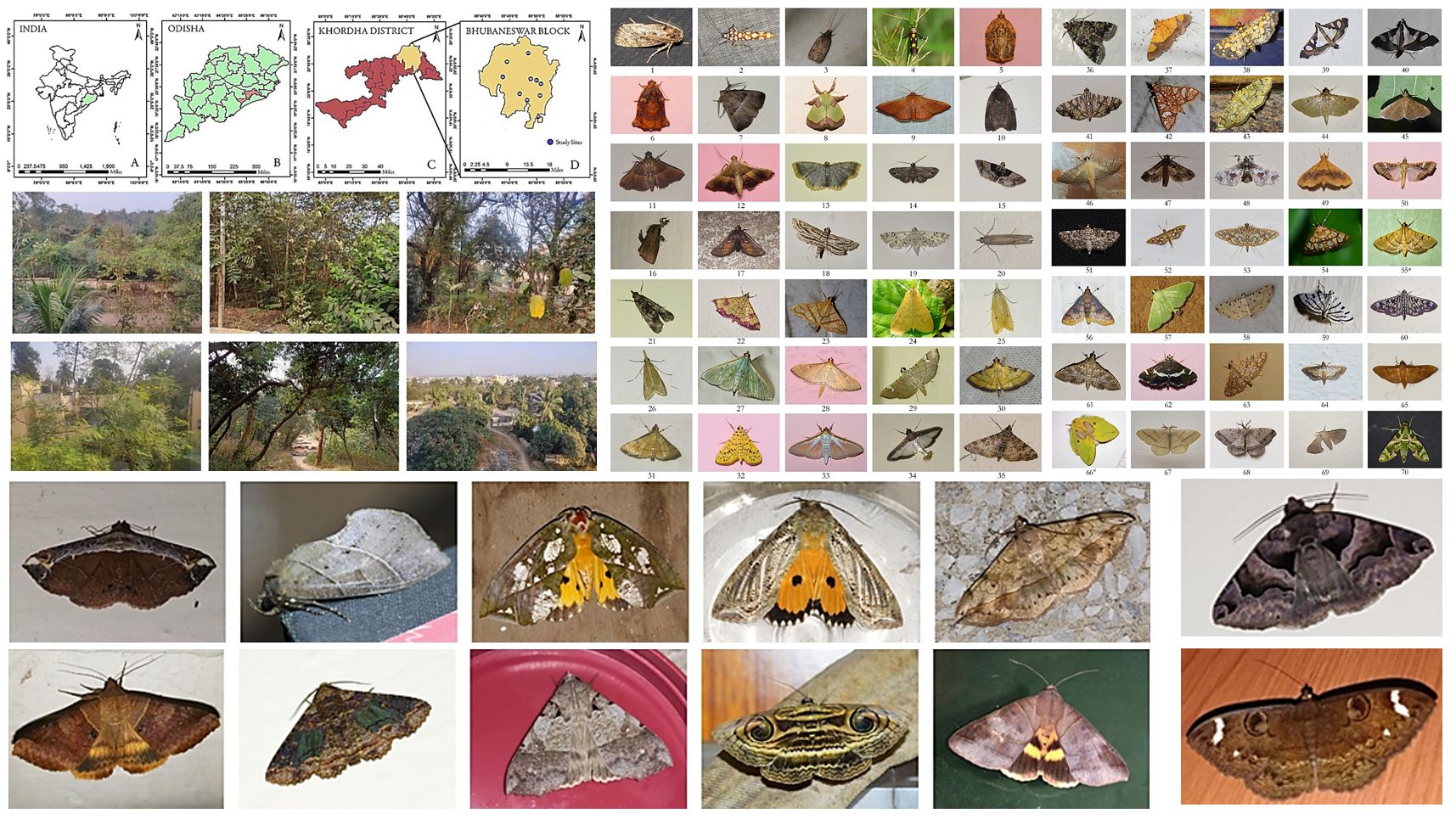
Downloads
Published
How to Cite
Issue
Section
License
Papers published in Notulae Scientia Biologicae are Open-Access, distributed under the terms and conditions of the Creative Commons Attribution License.
© Articles by the authors; licensee SMTCT, Cluj-Napoca, Romania. The journal allows the author(s) to hold the copyright/to retain publishing rights without restriction.
License:
Open Access Journal - the journal offers free, immediate, and unrestricted access to peer-reviewed research and scholarly work, due SMTCT supports to increase the visibility, accessibility and reputation of the researchers, regardless of geography and their budgets. Users are allowed to read, download, copy, distribute, print, search, or link to the full texts of the articles, or use them for any other lawful purpose, without asking prior permission from the publisher or the author.







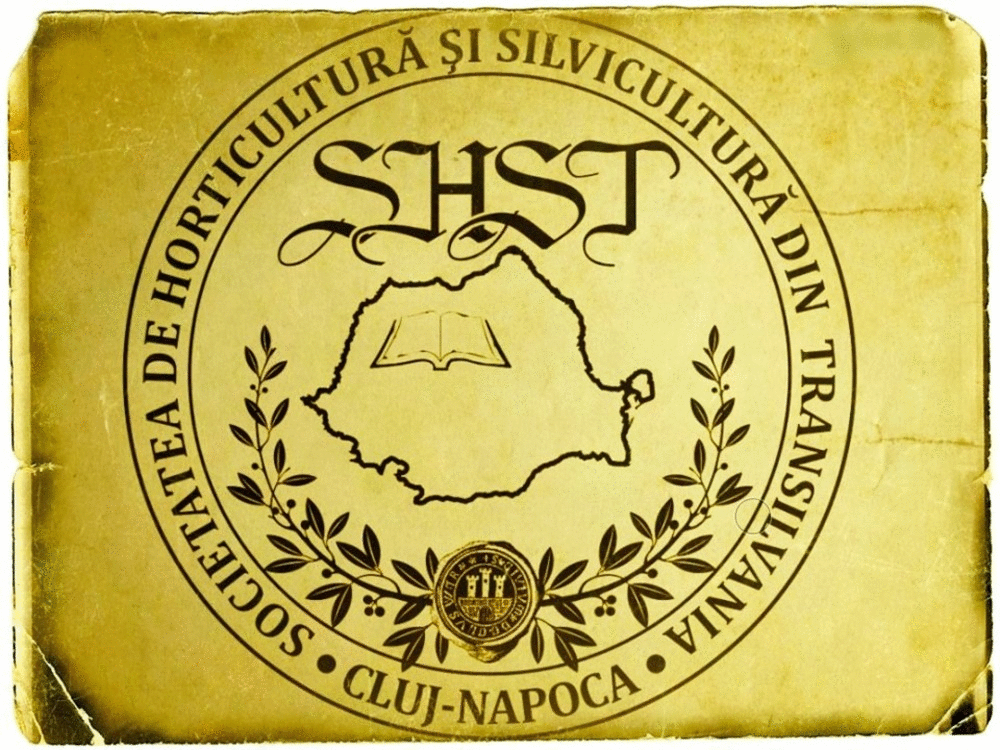
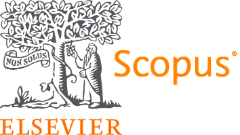




.png)



